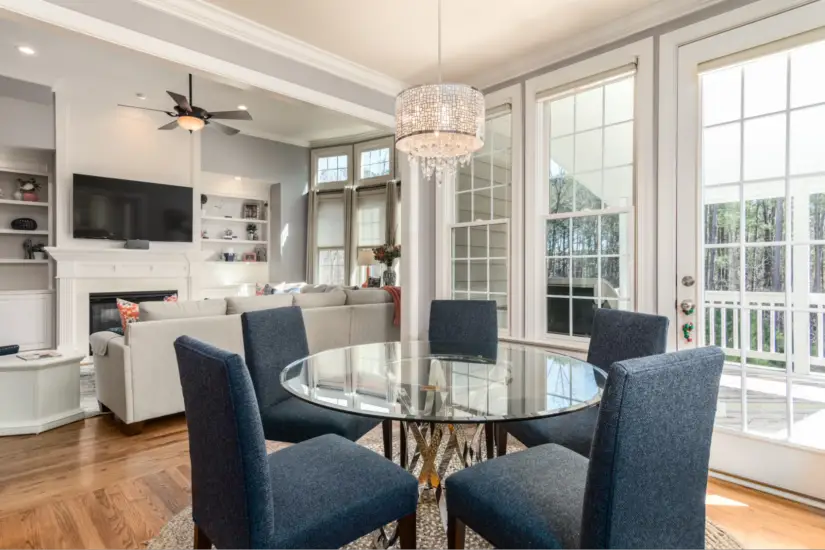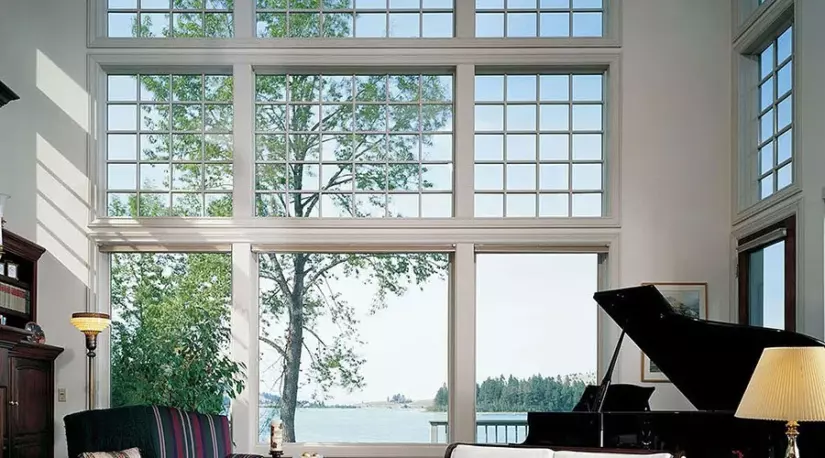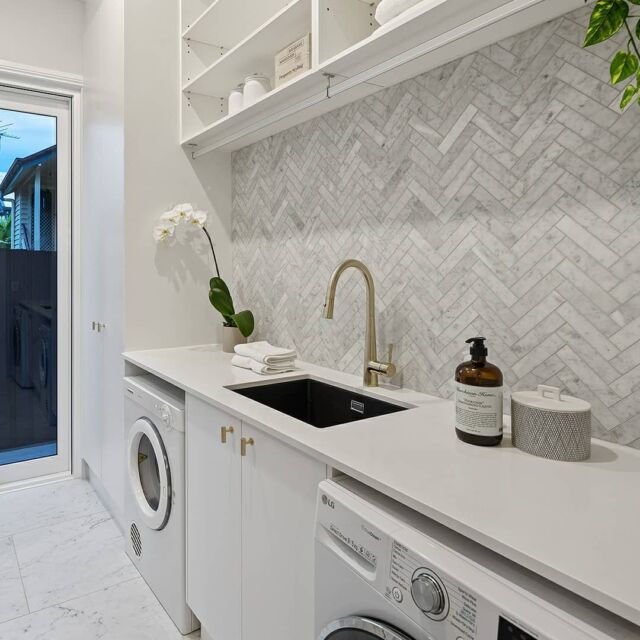Natural light from the sun is highly desired in all types of buildings, from offices to homes. There are many benefits to maximising the presence of natural light where you can – people residing and working in well-lit spaces tend to take less sick days, be more creative, and record lower rates of depression. Additionally, if you aren’t using artificial light during daylight hours, you’re helping the environment by saving energy.
Of course, it can be difficult to increase natural light in already existing buildings where the architectural structure and fenestration was complete, but there are options. In today’s guide, we’ll be looking at the most important things to consider when incorporating natural lighting in your home, including the best ways to strike a balance between natural and artificial lighting.
How much natural lighting should different rooms have?
Depending on the room, you will most likely need different amounts of light. For example, for high density living areas such as a dining room or kitchen, it is preferable to maximise natural light where possible. It gives the space a warmer, friendlier feel, making it more inviting and comfortable for both guests and the family.
This is different to more private rooms, such as bedrooms and bathrooms, where wide windows or sliding doors are usually less desirable. In these spaces, you may prefer to rely a bit more on artificial light, using well-chosen lighting fixtures and lamps to create the feel you’re after.
Window and sliding door placement
If you’re in a position of building your house, or are in the process of large-scale renovations, you will have the option of deciding where to place windows and doors, and the style that will most effectively bathe your living areas in natural light. In the spaces where you want to maximise natural light, it’s important to consider the orientation of the windows and glass doors.
If they face east or west, they will receive direct sunlight during sunrise and sunset, meaning that these fittings can be smaller than if they were north or south facing. For these orientations, it is preferable to install large windows for light to come through, as it won’t receive harsh direct sunlight. The same general rules apply for the rooms where you don’t want as much natural light, just on a smaller scale. Particularly in bathrooms, installing a skylight can liven up the room in a natural way without compromising on privacy.
Using blinds and curtains to your advantage
Of course, in existing homes, it may not be possible to restructure the fenestration or install a skylight. In these cases, blinds and curtains can be really effective in helping to manage the natural light in your home during the day. There are many options available depending on your goal – more transparent curtains can be useful to soften the light rather than eliminate it altogether, whereas blockout blinds are a good choice for bedrooms where you might want total darkness to sleep. Shutters are a versatile option for any room, with the ability to allow full light or block it out completely. The other great thing about blinds, curtains and shutters is the multitude of design and style options to fit any space and aesthetic.
Balancing artificial light with natural light
Artificial light is always going to be much easier to control than natural light. Positioning, colour and style are all within your control, meaning that you can manipulate the light however you like. In living areas, you will want to use warmer lights that imitate the natural light you receive during the day. Depending on your desired style, you may opt for a lamp that aligns with the rest of your furniture choices, or you could install dimmable downlights for directional and ambient lighting. In bathrooms, hallways, and other areas where you have less natural light, fluorescent white lighting will complement the more private, less-trafficked areas.
Ultimately, striking the balance between natural and artificial lighting comes down to understanding which rooms in your home need more natural light and acting accordingly. For living areas and rooms where people will be gathering the most, you want to maximise natural light using windows and curtains to your advantage. Artificial lighting should imitate the warm tones of the sun to create welcoming and friendly spaces.






